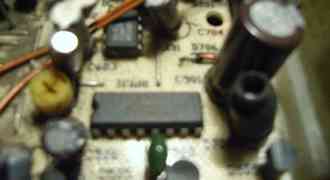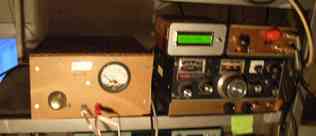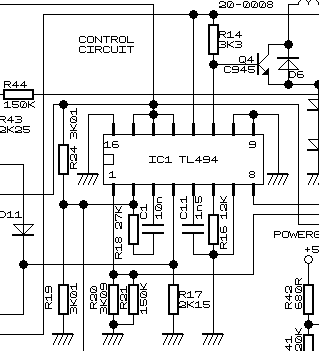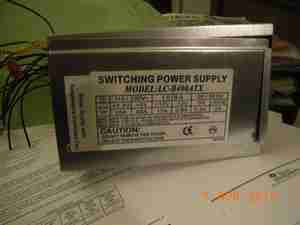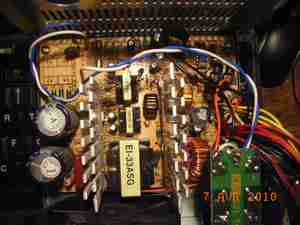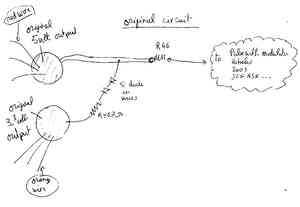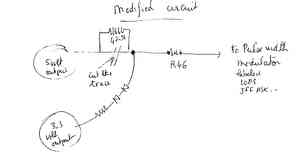The idea is to use a PC power supply to feed the ATLAS-210 .A typical PC power supply provides at least four DC voltage (+5 , +12 , -5 , -12 ) .ATLAS 210 is only asking for 13.8 volts with up to 16 amp (peak value) . Several descriptions appeared in various magazine like ELEKTOR (6/2003 issue) and MEGAHERTZ MAGAZINE (march 2005 issue) .We prefered to follow the indications given by F1LVT in the latter magazine (please refer to march 2005 issue page 24 to 29 ).
Nowadays it is still very easy to get surplus PC power supply for almost nothing as an old PC is a waste that is even costly to get rid of .
The first thing is to select a power supply giving a low level of HF signal in the 3.5 mhz band and rated at least at 200 watt minimum .
DO NOT TRY TO DO THIS MOD !!! IF YOU ARE NOT AWARE OF THE SHOCK RISK !!!
